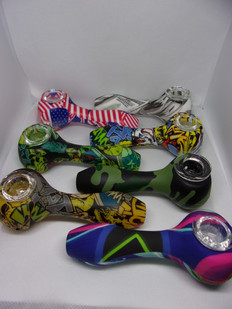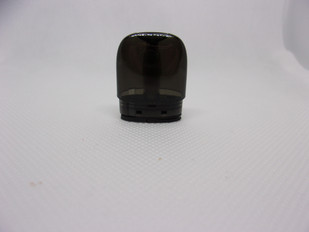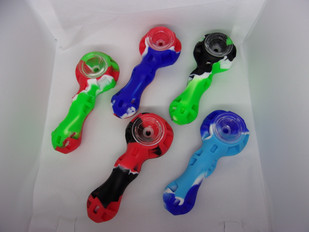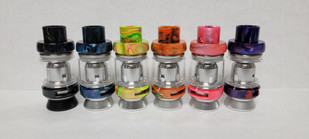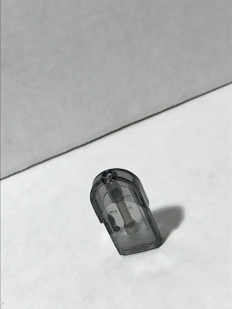- Home
- The Vape Mall Blog
- For the Vaping Novice: 5 Main Elements In E-Liquids
For the Vaping Novice: 5 Main Elements In E-Liquids
Posted by on
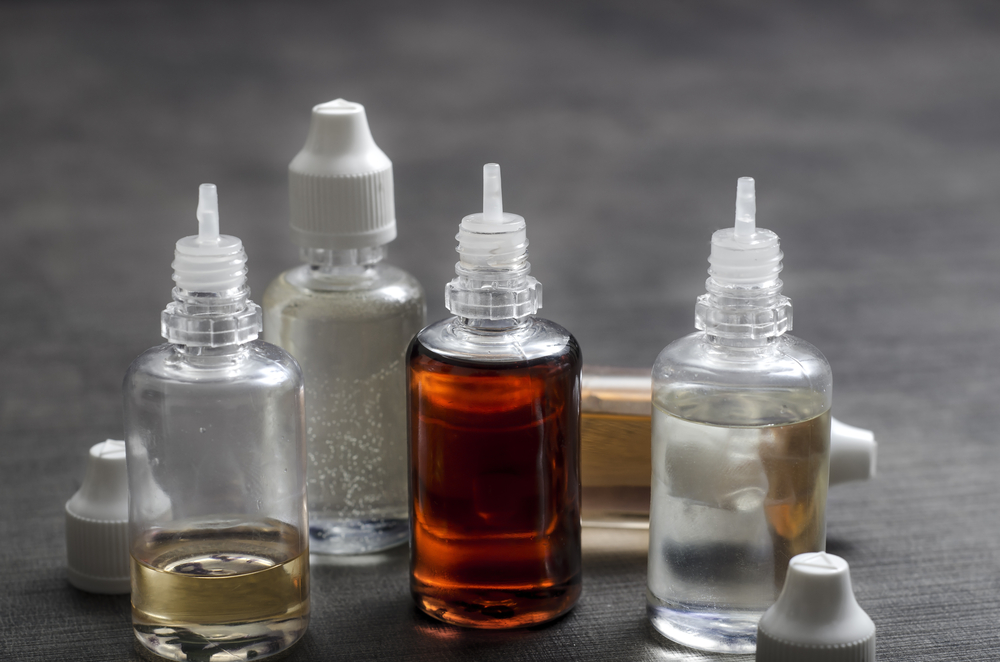
As you watch your vapor swirl away in spirals you've probably wondered, “what’s IN this stuff?” Answer granted. Your e-liquid is composed of five main elements: Vegetable Glycerin (VG), Propylene glycol (PG), flavorings, nicotine, and water. The amounts and ratios determine how your vapor tastes and acts; for example, whether there is a lot or a little vapor.
Creating a Base
Nicotine and flavorings need a little help to be able to be vaporized. Vaping straight nicotine can be lethal. Vaping straight flavoring will most likely taste bad and damage your e-liquid device. They need to be suspended in a carrier or a base. The base is made up of either Vegetable Glycerin (VG), Propylene glycol (PG), or a blend of the two. Both are safe to consume and non-toxic.
Element #1: Vegetable Glycerin (VG)
Vegetable Glycerin (VG) is a food grade, plant based substance commonly used in food additives as well as a wide variety of personal care products. VG is a thicker suspension than PG and it has a hint of sweetness that can be used to enhance other flavorings used in vapors. On the downside, VG can interfere with the taste of some flavorings. The consistency of your e-liquid correlates with the consistency of your vapor. Therefore, you can expect VG to offer thick clouds of vapor. The consistency also factors in to the interaction with your throat. The thicker consistency produces a smoothing feeling on your throat which is less irritating but doesn’t give you the cigarette-like hit when you inhale.
Element #2: Propylene glycol (PG)
Propylene glycol (PG) is thinner in comparison to VG. While PG is also used as a food additive product, it may trigger allergic reactions in some users. If it does, simply switch to a 100% VG base.
PG is the more popular of the two base substances because it is flavorless, odorless, and better absorbed by your e-liquid device. Since PG is runnier than VG you can expect it to produce thinner puffs of vapor and interact with your throat strongly, feeling more like the hit of an inhaled cigarette. PG also has the quality of being a humectant and may irritate your throat.
To get the best of both worlds, many brands blend a base of different ratios of PG and VG. The most common blends are 50%/50% or 80%/20% in favor of PG. The ratio that works best is determined by your personal preference.
Element #3: Flavorings
Flavorings are usually comprised 10% - 20% of your e-liquid. Some brands use flavorings that have been in use for decades for baking and candy making. These extracts and flavorings are already established as food grade and considered safe. However, some brands are researching, creating, and using flavorings that have been specially designed to be inhaled as opposed to tasted. Make sure you research new developments carefully to make sure they’re safe to consume.
Element #4: Nicotine
Nicotine often consists of 0% - 2.4% of your e-liquid. Most brands will offer a guide on the “high to low” system they use to designate the amount of nicotine in your e-liquid. The amount of nicotine you need in your e-liquid will be determined by your previous smoking habits.
Element #5: Distilled Water
Distilled, or purified, water is occasionally used to dilute one or more of the ingredients in your e-liquid. While these five ingredients make up your e-liquid, it’s the way that they’re combined that creates the effect you desire. Whether you want thick plumes of vapor, or a nicely styled throat hit, knowing what each ingredient does will help you select the e-liquid that’s perfect for your vaping needs and goals.
 Loading... Please wait...
Loading... Please wait...



